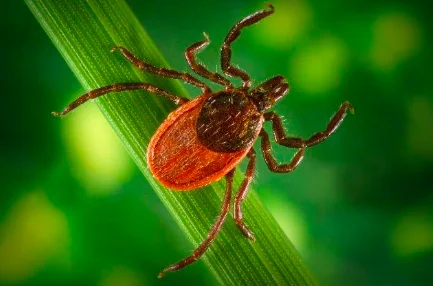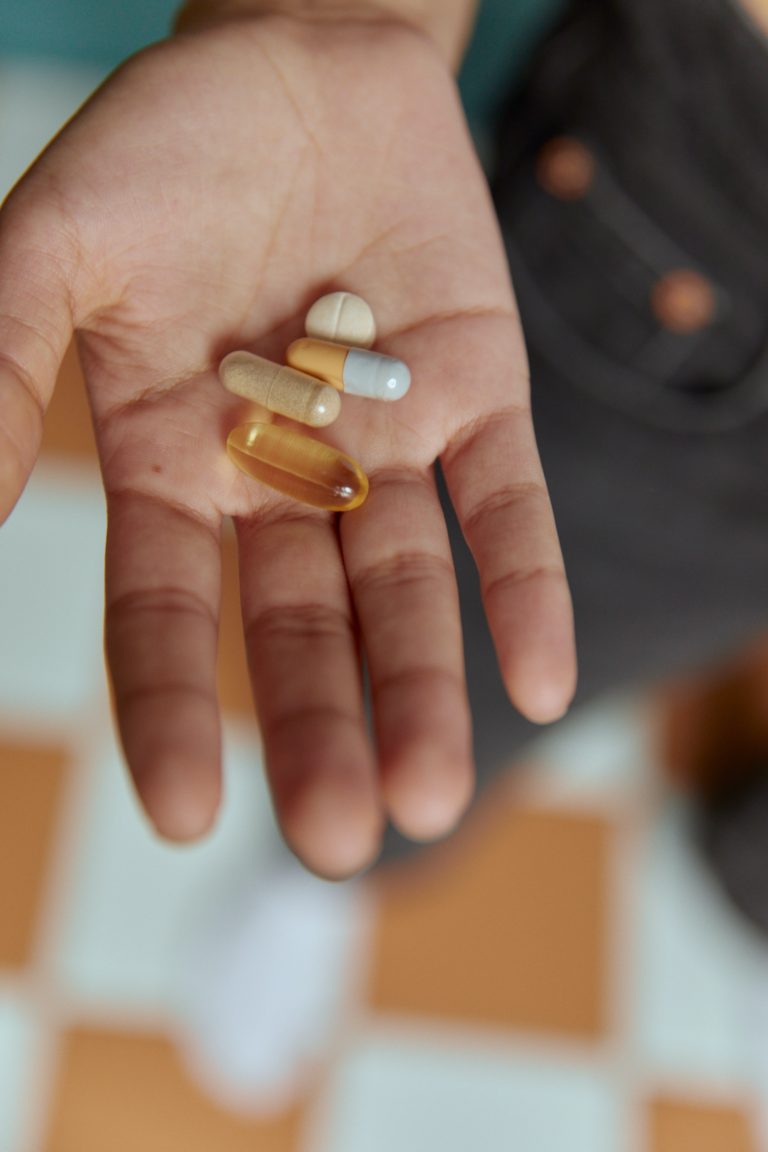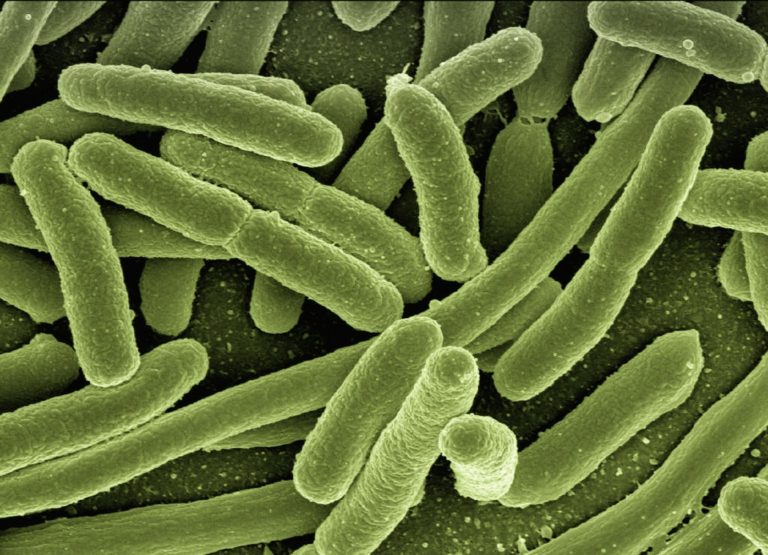Urgent update on PFAS
(This post may contain affiliate links. See the full affiliate disclosure here for more info.)
I’m going to jump to the conclusion of my urgent update on PFAS, AKA per- and polyfluoroalkyl substances. The background will come later.
According to the Environmental Working Group (EWG), the government is considering loopholes that would cause more human exposure to per- and polyfluoroalkyl substances (PFAS)—forever chemicals that never leave our bodies.
I try never to impose political views on my readers. But this is not an issue specific to any one group. It involves the HEALTH OF ALL OF US.
Please visit this site and read more about the PFAS bills being introduced. Decide for yourself if it’s an important issue for you.

What are PFAS chemicals?
PFAS chemicals include perfluorooctanoic acid (PFOA) and perfluorooctane sulfonic acid (PFOS). They are FOREVER CHEMICALS because they don’t leave the environment or our bodies.
According to the Centers for Disease Control and Prevention, PFAS chemicals have been used since the 1940s to make nonstick cookware, water-repellent clothing, stain-resistant fabrics and carpets, some cosmetics, some firefighting foams, and products that resist grease, water, and oil—LIKE YOUR PIZZA BOX!
At first blush, these seem like pretty special chemicals that make our lives easier and safer. But that has just not been borne out over the long term.
The United States Environmental Protection Agency (EPA) estimates that over 600 PFAS chemicals are currently used commercially.
Where are PFAS chemicals found?
In the environment, PFAS chemicals can be found in soil, air, water, fish, and now, RAIN! In other words, they are all around us, making exposure inevitable.
A recent CBS newscast reported that PFAS was found in 45% of tap water in the United States.
And if we manage to not breathe or drink water (yes, that’s sarcasm, serious sarcasm), PFAS is found in many commercial products.
How are we exposed to PFAS?
The CDC Agency for Toxic Substances and Disease Registry lists these ways we are exposed to PFAS chemicals:
You can breathe it, eat it, drink it, or touch it.
How are people exposed to PFAS?
- Drink or touch it in contaminated air, soil, drinking water, food packaging, stain-resistant carpeting upholstery, and water-repellent clothing.
- Eat food grown or raised in PFAS-contaminated soil or water, including agricultural products, wild game, and fish.
- At work (e.g., manufacturing chemicals or using firefighting foam) by breathing in PFAS.
- Blood and breast milk exposure: Babies born to mothers who were exposed to PFAS can be exposed before they are born, by breastfeeding or by drinking formula mixed with PFAS-contaminated water.
The site says that “Showering and bathing in water containing PFAS should not significantly increase exposure.” I’m not sure that blanket statement can be made, given the multitude of different municipal water sources and their different contamination levels.
What health problems are associated with PFAS exposure?
First, I need to remind you that exposure in humans can only be linked to health problems.
Obviously, studies can’t be done to prove that exposure causes these problems because such experiments are unethical.
That said, many studies have associated PFAS levels in human blood with changes in human health.
A recent Canadian study of 6768 people aged from 3 to 79 found significant changes in levels of blood enzymes related to liver function and several other organ systems.
Other studies have found “high certainty” associations with:
** thyroid cancer
** increased cholesterol levels
** liver damage
** kidney cancer
** testicular cancer
** delayed mammary (breast) development
** reduced response to vaccines
** lower birth weight
And “lower certainty” associations with:
** breast cancer
** ulcerative colitis
** increased time to pregnancy
** pregnancy-induced hypertension/pre-eclampsia
** obesity
** early-onset puberty
** increase miscarriage risk
** low sperm count and motility
The paper that this information came from has paragraphs of descriptions of specific study findings associated with PFAS exposure. Many of the findings varied by gender, age, and other population characteristics. It’s pretty sobering information.
I’m a risk-benefit kind of person, and I don’t see the benefit of PFAS exposure. Thus, I feel that it’s important to decrease PFAS exposure to decrease the risk of serious, cumulative health effects.
How can PFAS exposure be mitigated?
The number one way to protect yourself is to arm yourself with knowledge. This is true of any risk or exposure, whether it’s chemical exposure or COVID risk. Get the facts, not opinions, and not hype, and get them from a reliable source that has nothing to gain or another agenda.
Here are some simple ways to reduce PFAS exposure:
- Reduce or limit the amount of fast food, microwave popcorn, and takeout you eat.
- Reduce or limit your use of nonstick cookware. Cast iron is a good alternative. Green Pan produces PFAS-free cookware
- Know the amount of PFAS and other contaminants in your drinking water.
- If your tap water contains forever chemicals, consider one of the filters recommended by the EWG.
- If your tap water is safe (see above), wash fruits, vegetables, and hands well before eating.
What are the PFAS bills being introduced?
To cut to the chase, here’s a good summary of bills and actions taken on them. If any of these resonate with you, the EWG provides ways to help you get your voice heard.
In July 2023, the EPA proposed changes to the Air Emissions Reporting Requirements rule that included an option for reporting PFAS as a required pollutant.
According to the EPA website, “On March 14, 2023, the EPA announced the proposed National Primary Drinking Water Regulation (NPDWR) for six PFAS chemicals, including perfluorooctanoic acid (PFOA), perfluorooctane sulfonic acid (PFOS), perfluorononanoic acid (PFNA), hexafluoropropylene oxide dimer acid (HFPO-DA, commonly known as GenX Chemicals), perfluorohexane sulfonic acid (PFHxS), and perfluorobutane sulfonic acid (PFBS).
EPA anticipates finalizing the regulation by the end of 2023. EPA expects that if fully implemented, the rule will prevent thousands of deaths and reduce tens of thousands of serious PFAS-attributable illnesses.”
However, on May 4, 2023, Senators Cynthia Lummis (R-Wyo.) and John Boozman (R-Ark.) introduced five bills that would exempt certain industries from PFAS liability claims.
Specifically, the bills contend that if the EPA regulations proposed above are “finalized, entities such as water treatment plants, landfills, farms, and ranches would be held liable for PFAS contamination they are not responsible for, and entities such as airports, fuel depots and refineries that are required to test use fire suppression foams that contain PFAS would be at risk for litigation.”
Thus, the legislators believe that these entities should be exempt from the regulations.
But wouldn’t these exemptions remove incentives for these polluters to prevent further PFAS pollution, make it harder to clean up affected communities, and shift the burden of paying for clean-up to taxpayers?
So many political issues are tied up in the use of PFAS.
Politics aside, what does the future of PFAS look like?
In the meantime, PFAS exposure remains associated with serious health effects, and, in my opinion, their use should be reduced as much as possible to reduce human exposure.
For many of us, since PFAS chemicals accumulate, the damage has likely been done.
For others, taking an active role in learning about the products that contain PFAS and working to reduce PFAS use and exposure is worthwhile.
Every year, the Environmental Working Group publishes the dirty dozen and clean fifteen fruits and vegetables. You can use those lists as guidelines for your risk of exposure from eating those foods.


Try your hand at growing whatever food you can.
Some companies are taking the initiative to produce products without intentionally adding PFAS chemicals. This is a very encouraging move.
As consumers, you can find rain gear, water repellents, cookware, and textiles. It’s reassuring that big box hardware stores like Home Depot and Lowes have moved to sell only carpets and rugs made without PFAS chemicals.
We only hope that manufacturers and distributors of food will pay attention to the urgency and use PFAS chemical-free products—because they are available now.
The best way to protect yourself is to arm yourself with knowledge and do what you can. Any reduction in exposure is a step in the right direction. Baby steps add up.








